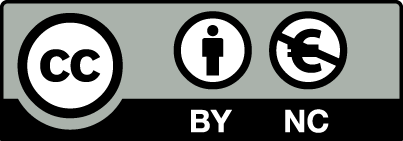Quick Workplace Analysis Using Simulation
Artykuł w czasopiśmie
MNiSW
70
Lista 2021
| Status: | |
| Autorzy: | Grznár Patrik, Gregor Milan, Gola Arkadiusz, Nielsen Izabela , Mozol Štefan, Šeliga Vladimír |
| Dyscypliny: | |
| Aby zobaczyć szczegóły należy się zalogować. | |
| Rok wydania: | 2022 |
| Wersja dokumentu: | Drukowana | Elektroniczna |
| Język: | angielski |
| Numer czasopisma: | 3 |
| Wolumen/Tom: | 21 |
| Strony: | 465 - 476 |
| Web of Science® Times Cited: | 6 |
| Scopus® Cytowania: | 8 |
| Bazy: | Web of Science | Scopus |
| Efekt badań statutowych | NIE |
| Finansowanie: | This article was created with the support of the VEGA project: VEGA 1/0225/21. |
| Materiał konferencyjny: | NIE |
| Publikacja OA: | TAK |
| Licencja: | |
| Sposób udostępnienia: | Otwarte czasopismo |
| Wersja tekstu: | Ostateczna wersja opublikowana |
| Czas opublikowania: | W momencie opublikowania |
| Data opublikowania w OA: | 31 lipca 2022 |
| Abstrakty: | angielski |
| Modelling and simulation is a highly progressive area that can create significant financial savings for companies that use it. Simulations can be used in the production area to analyse or verify certain decisions and conditions, on the basis of which correct measures can be taken. However, modelling is a highly time-consuming and therefore costly process, which narrows its use for decisions in high-priority processes. The content of the article is a description and results of the created tool designed for quick analysis of the workplace using simulation. The entire process of functioning was described through Unified Modeling Language (UML) diagrams. Siemens's Tecnomatix Plant Simulation software was used to create the tool. The tool itself was compared both to the length of creation of the mid-size simulation model and the time variance of model creation in a standard way. The tool can be used to reduce the time needed to create a model that is used to analyse the selected workplace, which ultimately increases the productivity of the simulation expert. |

